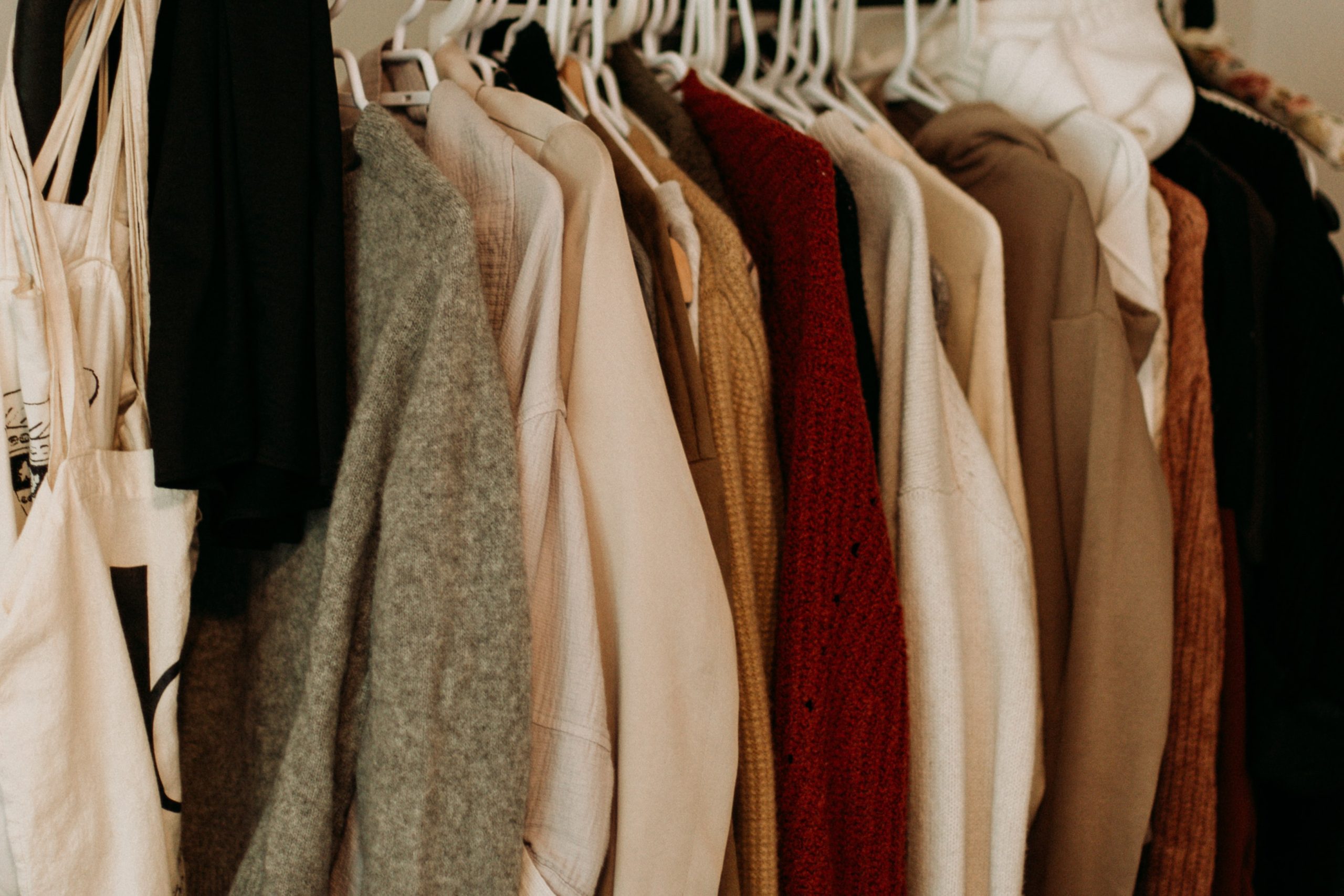The Second-Hand Store Solution: How Shopping at Thrift Stores Can Help Save the Planet

From holiday shopping sprees to fast fashion’s “trend today, trash tomorrow” temptations, our consumption habits have a severe impact on the environment. Still, the solution to reducing our ecological footprint can be as simple as second-hand shopping.
The fast fashion scene has made us forget how, practically, our purchases are just one-night stands with our wardrobes. However, our consumption habits show that we’d need twice as much Earth to meet raw material demands by 2050. This is where buying from a second-hand store can help reduce waste and create a sustainable fashion practice.
Besides, shopping at thrift stores is like a sustainable treasure hunt, where you can find one-of-a-kind gems, save the planet from fashion waste, and support your community all in one stylish swoop!
How Shopping In a Second-Hand Shop Near Me Keeps the Planet Green
In today’s post, we’ll see how we can start practising the sustainable motto of “reduce, reuse, and recycle” by thrift shopping without compromising our fashion needs in the least. After all, an increasing number of people are searching for a second-hand shop near me in order to buy clothes in a more environmentally friendly and affordable way.
The fashion industry is one of the largest polluters in the world, and fast fashion is a significant contributor. Let’s take a brief look at how shopping at a second-hand store keeps our Earth healthy for future generations.
Avoiding Garments Going to Landfills and Protecting the Environment
Did you know that New Zealanders alone throw away over 100 000–200 000 tonnes of clothing and textiles each year? This means that our landfills are filling up with clothes that could have been reused or recycled.
But why is this a problem? Well, when clothes decompose in landfills, they release harmful chemicals and greenhouse gases that contribute to climate change. By reducing the amount of clothing that ends up in landfills, we can help protect our planet.
Cutting Down on Fashion’s Resource Waste
Have you ever thought about how much water is used to make a single piece of clothing? The fashion industry uses around 79 trillion litres of water each year—that’s more than the whole of Lake Taupo.
And it’s not just water that’s being wasted. The production of cotton, a natural textile, is extremely resource-intensive. It takes over 3 800 litres of water to make and maintain just one pair of jeans!
Also, synthetic fabrics like polyester, nylon, and acrylic are even worse—they’re made from oil-derived petrochemicals, which are not biodegradable and depend on fossils.
Pollution Reduction Through Sustainable Fashion
Did you know that the fashion industry is one of the biggest polluters in the world, second only to the oil industry? This is a huge problem, as the industry is estimated to use up to 25% of the world’s carbon budget.
And it’s not just greenhouse gases that are a concern—conventional cotton production is responsible for one-sixth of all pesticides used globally. This has serious health implications, as chemicals used in cotton production can cause cancer and miscarriages.
By choosing sustainable fashion options, we can reduce the industry’s pollution and protect the health of our planet and its people.
Reuse and Resale Market: Signs of a Turning Point for Retail
The rising interest in the reuse and resale market marks a critical shift from rapidly buying more new things to supporting reuse, repair, and resale. With sustainable choices, we’re approaching a turning point in the world of commerce, and there are a few signs pointing towards it.
One of these is the increase in traditional brick-and-mortar stores getting on board with resale. Additionally, online platforms promoting resale are expanding rapidly, and there are now business-to-business services available to help companies sell their used goods.
Finally, maintenance, repair, and refurbishment services are gaining popularity as essential offerings.
These businesses’ steps towards sustainable consumption habits show a positive sign—people’s interest in fighting for their planet.
3 Tips for a Successful Trip to a Second-Hand Store within a Budget
Second-hand shopping can be a great way to save money, reduce waste, and find unique items for your closet. So, to make your second-hand shopping experience a success, follow these tips:
- Know what you’re looking for. Having a general idea of what you’re looking for will help you focus your search and avoid getting overwhelmed.
- Check the condition of the items. Be sure to check for any stains, holes, or missing buttons, and make sure that any flaws are manageable and won’t hinder your ability to use or wear the item.
- Don’t be afraid to negotiate. Prices at second-hand shops are often negotiable, especially if an item has been sitting on the shelf for a while. Just be polite and respectful when asking for a discount.
Wrap
By following these tips, you’ll be able to get the most out of your second-hand shopping experience and find some amazing deals along the way.
And always remember, by embracing sustainable fashion practices, we can reduce the number of resources wasted and help protect our planet. Happy hunting!
